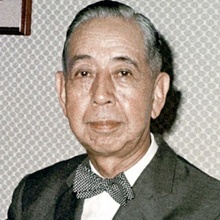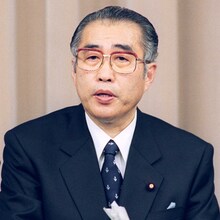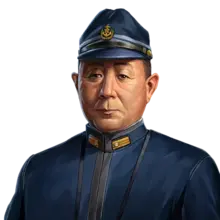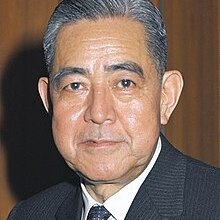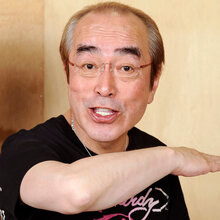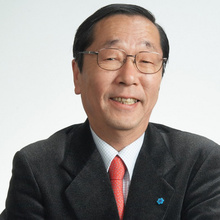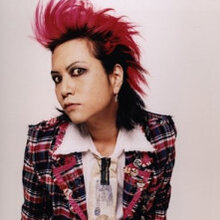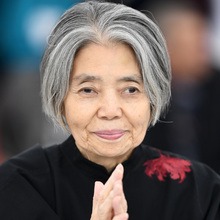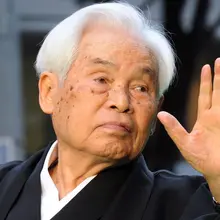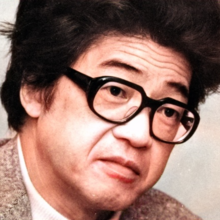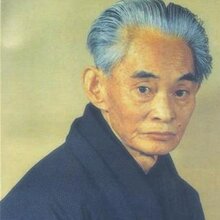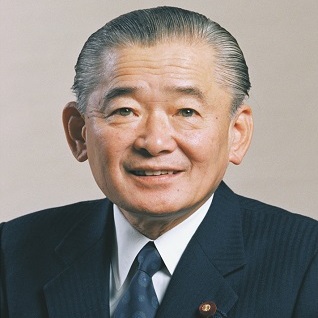
Personal
Other names:
Job / Known for:
Prime Minister of Japan
Left traces:
Plaza Accord, national sales tax
Born
Date:
1924-02-26
Location:
JP
Kakeya, Shimane Prefecture, Japan
Died
Date:
2000-06-19 (aged 76)
Resting place:
JP
Death Cause:
Respiratory failure
Family
Spouse:
Masae Takeuchi (died 1945), Naoko Endo (1946-2000)
Children:
Three daughters
Parent(s):
Yuzo Takeshita and Yuiko Takeshita
QR Code:
Show More
Rank
Users ranking to :
Thanks, you rate star
Ranking
5.0
1
Fullname
Noboru Takeshita
Fullname NoEnglish
竹下 登
Slogan
The world is wonderful because of its diversity.
About me / Bio:
Show More
Article for Noboru Takeshita
Died profile like Noboru Takeshita
Comments:

